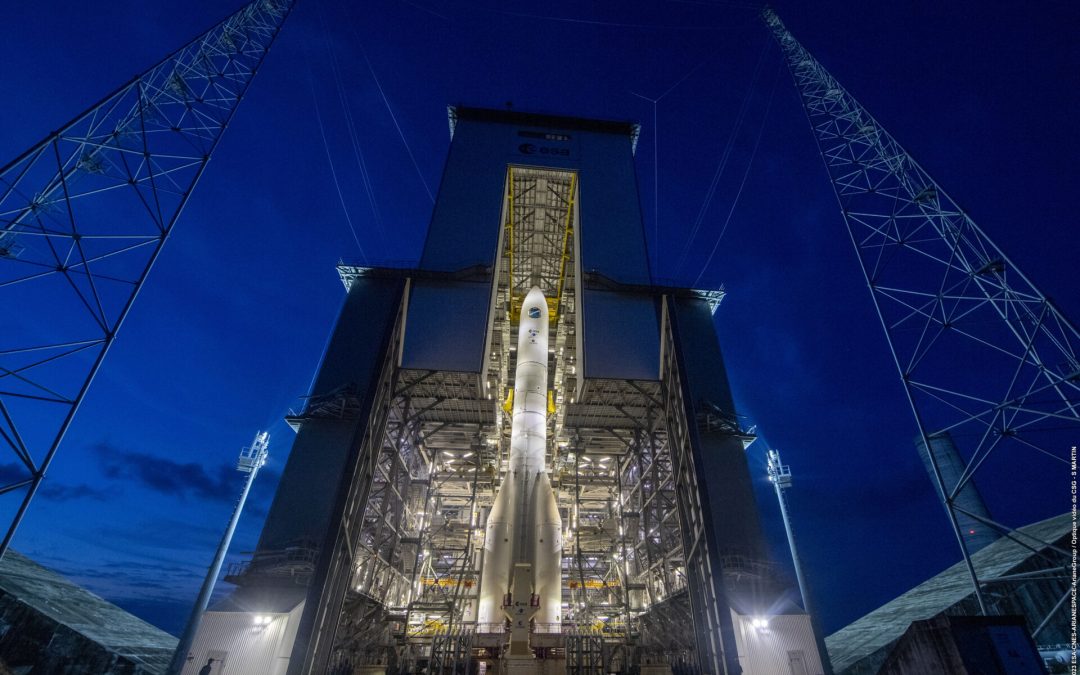Kourou – The new European launch vehicle Ariane 6 has launched into space for the first time.
The rocket lifted off around 21:00 (CEST) from the European Spaceport in Kourou, French Guiana. With the launch, Europe’s space program aims to overcome the crisis in its launch vehicle sector and re-establish independent access to space for satellites.
The Ariane 6 is the successor to the Ariane 5, which was in operation from 1996 to the summer of 2023. It is intended to transport satellites for commercial and public clients into space and is significantly cheaper than its predecessor.
For the head of the European Space Agency (ESA), Josef Aschbacher, the Ariane 6 marks a new era of autonomous and versatile space travel. The rocket can deliver satellites into various orbits. It can be equipped with two or four boosters and can bring geostationary satellites with a total weight of 11.5 tons into space. For satellites with a low Earth orbit, a total weight of up to 21.6 tons is possible.
The ESA plans to use the rocket, which was originally supposed to fly into space in 2020, until at least the mid-2030s. The Ariane 6 is expected to commercially launch for the first time before the end of the year.
The 22 ESA members – 19 of which are EU member states – work closely together scientifically to accelerate the development of European space travel. Germany, after France, is the most significant financial contributor to the Ariane 6 among the ESA countries, providing around 20 percent of the funds. The rocket’s upper stage is assembled at the Bremer plant of the aerospace company ArianeGroup, while the main stage is built in the French town of Les Mureaux.
After the last Ariane 5 launched into space almost exactly a year ago, the ESA lacked its own transporters to send large satellites into space. There were also issues with lighter satellites: after the failed launch of the Vega C on its first commercial flight in December 2022, no further attempts were made. It is expected to fly into space again in mid-November. (July 9)
 go to the original language article
go to the original language article
